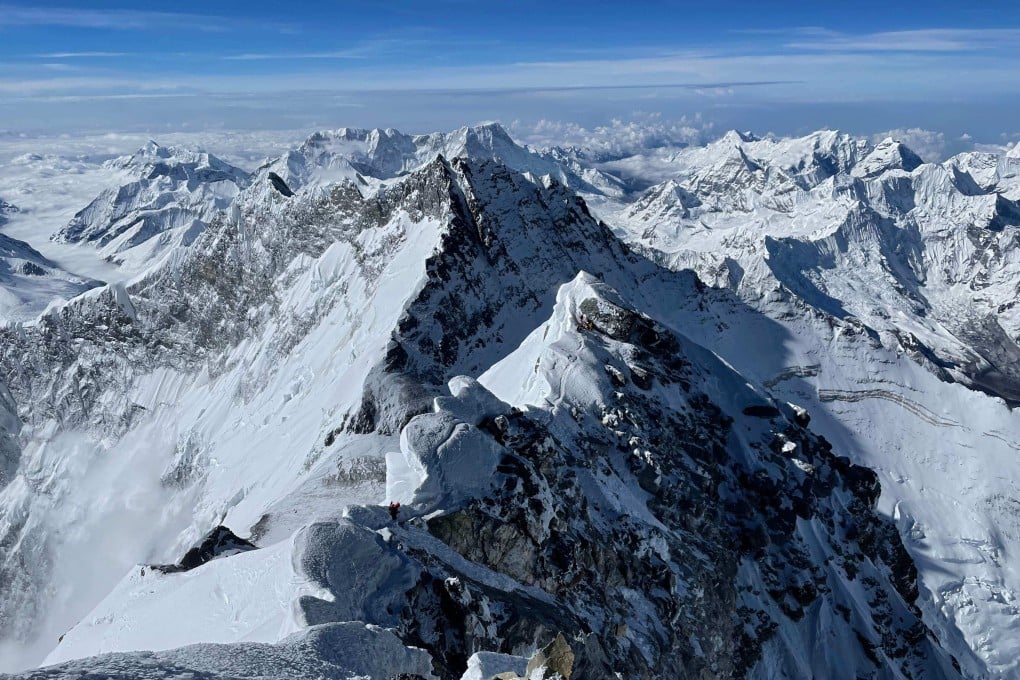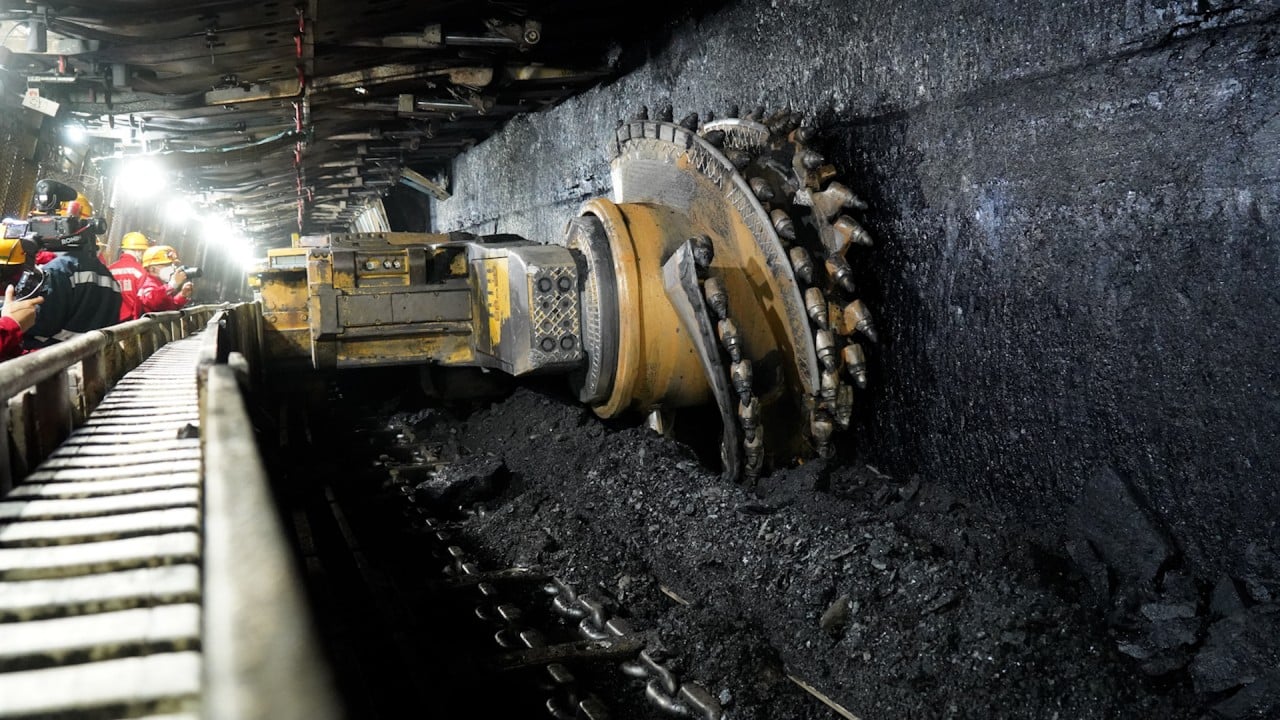Chinese scientists turn to artificial intelligence as potential 1,000km seam of rare metal minerals found in Himalayas
- Machine which has accuracy of more than 90 per cent could help locate deposits along the Tibetan border, scientists say
- The discovery also has strategic and environmental implications in an area where there is an ongoing border dispute with India

But the belt of minerals is believed to be more than 1,000km (600 miles) long and locating deposits in such a vast, remote area could take years, if not decades.
A further headache is caused by the location – along the southern border of Tibet, near Nepal and in an area where China has a long-standing territorial dispute with India.
As a result, Chinese government geologists have said that the quicker a country can pinpoint the deposits, the more “strategic advantages” it will have.
One possible solution is to use artificial intelligence. Since 2020, with financial support from the central government, a research team has been building AI that can automatically process nearly all raw data collected by satellites and other means to locate the rare metal deposit on the Tibetan Plateau bordering Nepal.
The scientists from the State Key Laboratory of Geological Processes and Mineral Resources in the China University of Geosciences in Wuhan said the machine had achieved an accuracy rate of 96 per cent.
“China’s demand for bulk mineral resources such as iron, copper, aluminium, coal, and cement that support industrialisation and urbanisation is expected to sharply decline in the next 15 to 20 years. The focus of mining will mainly shift to rare earths and metals,” Professor Zuo Renguang, the project’s lead scientist, wrote in a peer-reviewed paper published in Chinese-language journal Earth Science Frontiers last week.
